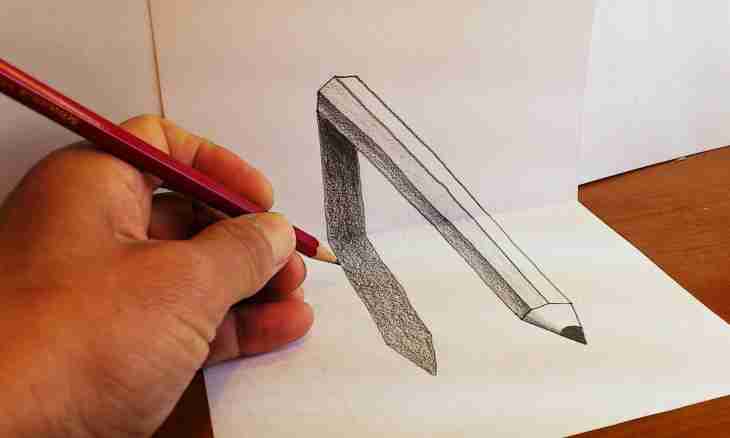Any drawing has to give the most exact idea of an object which on it is represented. Therefore usually the detail or the building represent in several types. Very widespread option — three orthogonal projections executed from different sides. It is possible to add a general view of a detail to them.
It is required to you
- - detail;
- - drawing tools;
- - measuring tools;
- - sheet of paper.
Instruction
1. Remember what is a projection. This display of a three-dimensional object to the planes. That is to draw a projection, you need to arrange the plane so that projective beams were under a certain corner. For an orthogonal projection this corner makes 90 °.
2. Define what party of a detail will be the front view. As a rule, it is the most characteristic and its recognizable part. Measure it and choose scale. Not only contours of an object, but also an opening, internal cavities, a carving , etc. are applied on the drawing. On different projections they are represented differently. For example, on one of types the carving can be designated by the opened circle, and on another — thin lines. As for scales, in technical drawing at them there are standards.
3. To imagine how the orthogonal projection turns out, make an experiment. By means of the projector (it is possible to take, for example, a desk lamp) project a detail on some screen. Put a light source so that it was on one line with an object and the screen. Then the angle between beams and the plane will be right. Move a lamp and an object, changing distance, and look what will turn out. At similar manipulations at you projection scale will change.
4. Draw object contours, precisely observing proportions and corners. Designate dredging, ledges and openings if they are. Remember that you do not need to transfer volume to projections. Dredging or a ledge will look as a geometrical figure of the corresponding form. The main thing is to transfer arrangement of details in this situation precisely.
5. In the same way draw two other projections. Pay attention to how fragments which on the first projection you designated as contours of geometrical figures are located. If on the drawing with the front view of an opening are designated as circles, then on other projections draw them thin straight lines between which distance is equal to diameter of an opening.
6. That the performer could receive an impression about appearance of a subject, orthogonal projections insufficiently. The volume image is necessary. During creation of architectural projects different types of prospects are very often applied. It is the best of all to draw a detail of any mechanism in an axonometrical projection. It is under construction on the basis of the orthogonal projections which are already available for you. At the same time change of the sizes during removal of a subject from an eye of the observer is not considered.
7. Choose the system of coordinates. 3 axes are necessary for the volume image. Draw a horizontal line. Define on it the initial point and designate it as 0. Construct from this point a perpendicular up. It will be axis Z.
8. Find the provision of axes X and Y. In isometric and dimetric projections it is a miscellaneous. In an isometry both axes are located at an angle 120 ° in relation to vertical. At a frontal dimetric projection, as a rule, axis X is located at right angle to axis Z, and axis Y — at an angle in 135 °. Other options — for example, 30 and 60 ° are possible and admissible.
9. Define distortion coefficient. In an isometric axonometry it is usually taken for 1 though actually it equals 0.82. In dimetric projections the coefficients on different axes are various, on axis Y it makes 0.47, on X and Z — 0, 94. But they are usually rounded, receiving 0.5 and 1 respectively.
10. Draw detail contours taking into account corners and coefficients of distortion. When drawing openings pay attention that the circle in such projection looks as an ellipse, at the same time in an isometry and a dimetriya diameters it will be different. At creation of circles without distortions the big axis of an ellipse will be equal in an isometry 1.22 diameters, and small — 0.71. At construction taking into account distortion of an axis make according to 1 and 0.58 of D.
11. In a dimetriya the sizes of axes of ellipses depend on situation. At construction without distortion a big axis of the opening located on any party of a detail accept equal 1.06 diameters. The small axis of the ellipse located between axes X and Z will be equal 0.95 diameters, and two others — 0.33. At implementation of the drawing taking into account distortions the big axis is equal to diameter, and small — respectively, 0.9 and 0.33.

